Plans have been revealed for a massive new data center at 2538 South Wabash Avenue within the Near South Side. Bound by the Stevenson Expressway to the north and the CTA Green Line tracks to the west, the project would rehabilitate an existing commercial structure and replace the adjacent vacant lot.

Site map of 2538 South Wabash Avenue via Google Maps
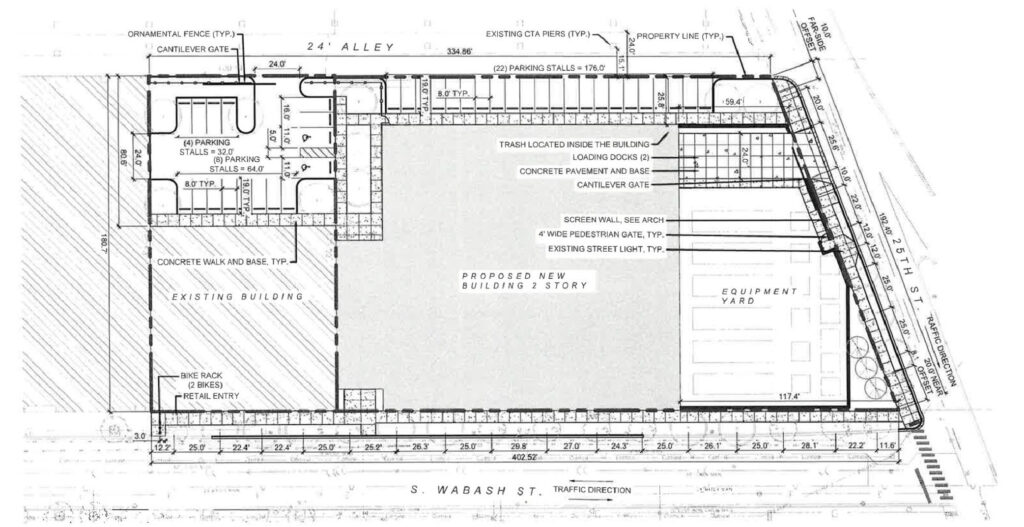
Site plan of 2538 South Wabash Avenue by Gensler
Dubbed HydraVault, the new AI-centered data center is being developed by a small team of the same name, with Gensler serving as the project architect. It is worth noting that the site was previously earmarked for a large e-sports arena, which was approved by the city in 2022 but never moved forward; our coverage on that proposal can be found here.
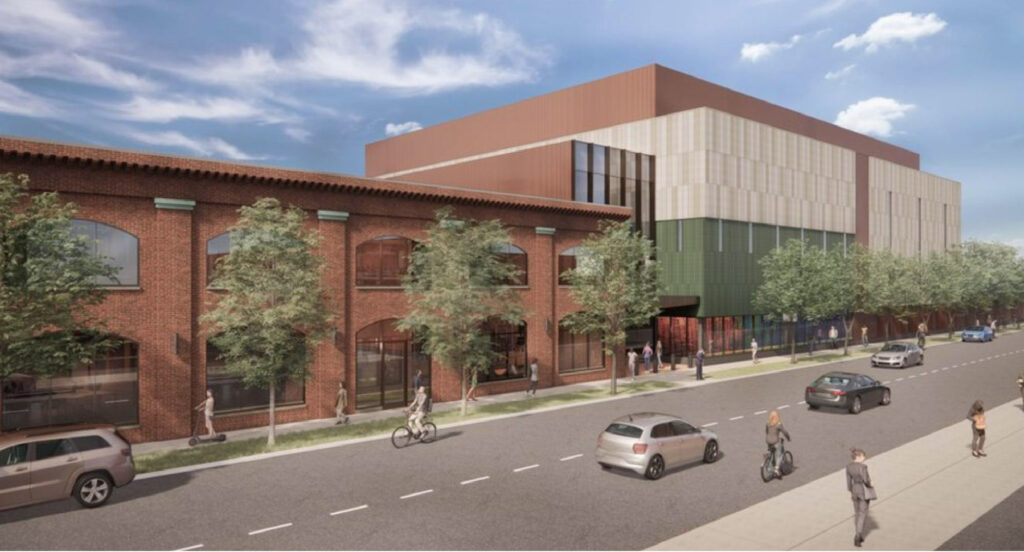
Rendering of 2538 South Wabash Avenue by Gensler
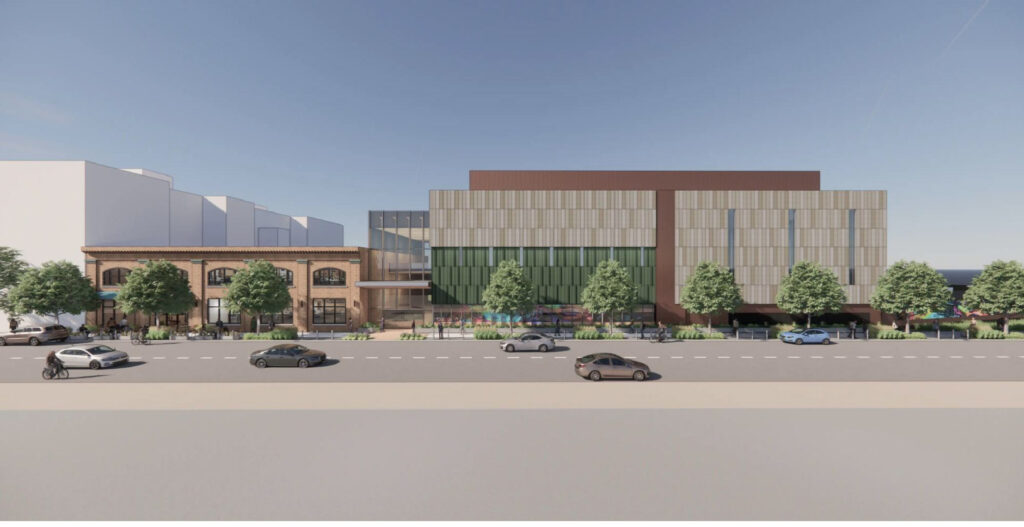
Rendering of 2538 South Wabash Avenue by Gensler
The multi-story structure will have a power supply of 20 megawatts and deliver up to 200 kilowatts per rack, using a hybrid liquid-and-air cooling system that operates on a closed loop. The team also promises high levels of security and optional connectivity to the city’s primary fiber interconnects, as well as the massive data center nearby at 350 Cermak.
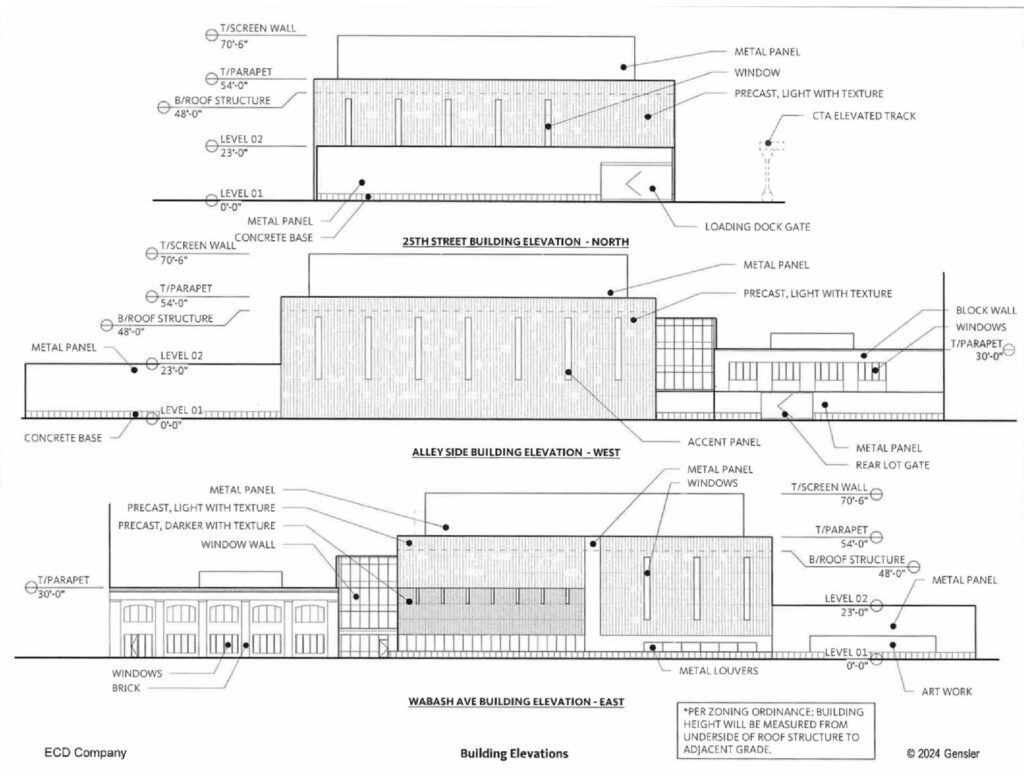
Elevations of 2538 South Wabash Avenue by Gensler
The now fully approved and partially permitted facility is the latest in a string of data centers proposed across the Great Lakes region. These projects have generated controversy among locals due to water usage and electrical demand, with developments such as Chicago’s Quantum Campus also coming under fire.
Work on the center is expected to begin before the end of the year, with Power Construction leading the effort. Early user access is anticipated in December 2026, according to the project’s website, found here.
Subscribe to YIMBY’s daily e-mail
Follow YIMBYgram for real-time photo updates
Like YIMBY on Facebook
Follow YIMBY’s Twitter for the latest in YIMBYnews

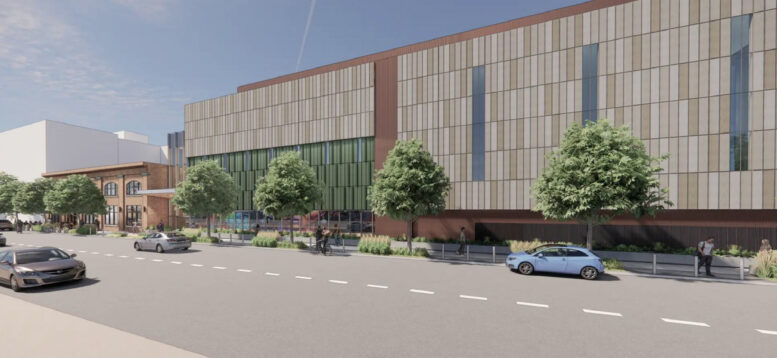
We need to TAX the centers heavily to cover their extreme water and power usage and NO MORE TIF money used for development!!
Agreed!
Data centers shouldn’t rely on residential and other users to fund their excessive grid capacity increases. They should also consider their environmental impacts. Despite appearing clean, they consume vast amounts of electricity and water like others have said, and their cooling plants generate significant noise pollution. I’m concerned that an AI bubble could lead to a slew of abandoned data centers when it bursts. Illinois may avoid this issue due to its slow uptake, but many other states will suffer.
This 100% will happen, the country is going to suffer for the arrogance of Silicon Valley and their enablers.
Relax people, data centers aren’t as bad as y’all think. Mnay other industries consume way more water and power. In fact one of the largest data centers in the world is located in the southloop at 350 E Cermak Rd right by the Mccormick center. It was built before all the negative attention on Data centers were around. I work pass it all the time and had no issues.
Thanks for your comment. I’m interested in seeing the promxicity to 350 can be used to reduce the power use at 25th Street. We would need CMAP and an university to help assess regional impact.
I wish we would better utilize the energy data centers consume by feeding the waste heat into a district heating system for nearby buildings.
What exactly is a “data center”? What data is being “centered”?
Everything on the internet that just keeps building up everyday. All the crap that companies need to keep their profits going. Every dumb thing someone uses ChatGPT for, every little post on any social media, any e mail, etc. With machine learning and “AI,” a lot of the crap that gets made doesn’t just disappear, it has to be stored. It all takes up physical space in the real world too.
Data centers are going to be built, no matter what anyone’s speculative/political opinions are. Getting some of this investment in Illinois is rational and competitively sensible. Perhaps some company will figure out how to productively reuse some of the heat it generates in cool months. And Gensler’s design for an urban site is pretty good; looks not unlike the Whole Foods store they designed at Lincoln/Belmont.
Hopefully you his has no unforeseen consequences on water in the area
Most unique! A host of public comments were generated through various commissions that new industry attractions should occur South of 47th Street along the Dan Ryan Expressway. Certainly, revisiting the South Loop Technology District is reasonable,thus adding value to 350 Center. Nevertheless, we would still need a complimentary industry solution South of 47th Street, which may include both extension of the Metropolitan Pier and Exposition Authority district and capping the Dan Ryan Expressway creating a new Green Industry Zone. Let’s avoid part mealing Big Plans, this Redevelopment Agreement must leverage a genuine Linked development agreement straight down the Dan Ryan. This is exciting, because it brings to the public’s memory bank the Tech District and MPEA.
I don’t support building more data centers but this is an ideal location for one (next to the expressway, a noisy and polluted area where we should have things LIKE this, rather than residential, schools, and public outdoor spaces), and the design looks pretty nice
I think something sensible that we could highly encourage data centers to do, at least in the city of Chicago, is for these data centers to attempt to generate a certain amount of electricity that they need themselves both onsite and offsite.
We could require that they pay into a clean energy fund that would pay for increases in renewable clean energy in the Chicago area, helping to offset their own demand and not cause our rates to spike from their heavy power draw.
And this could then end up being a competitive advantage of Chicago, keeping rates low by having huge power hogs like data centers to end up being helpful in keeping utility costs down instead.